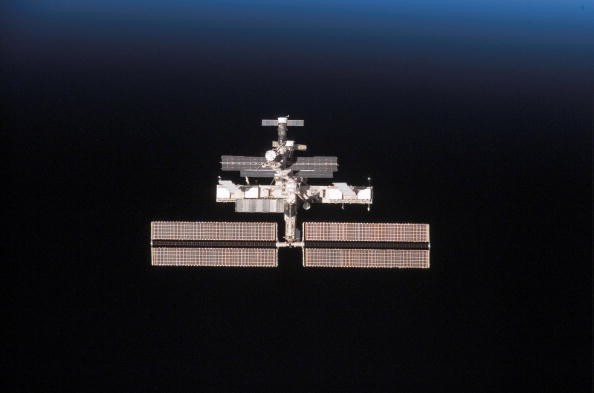China is set to launch the world's first "hack-proof" quantum satellite next month, the South China Morning Post (SCMP) reported.
According to the article, quality checks and ground testing were finished at the Chinese Academy of Sciences. The satellite is scheduled to depart early this month for the Jiuquan Satellite Launch Center in Inner Mongolia.
The launch, expected to be held in mid-August, will be done aboard a Long March 2D rocket, as stated on a report posted on the central government's website.
Scientists believe that the project could help provide solutions to vital problems including securing information.
"With the rapid advancement of quantum technology in recent years, it is widely believed that quantum computers will soon be available, but such a computer would be so powerful, it could crack every encryption method currently in use," the SCMP wrote. "The only way to ensure communications remain secure in the coming technological era is by using a quantum network."
The report noted that the protection of data using this technology is based on a basic quantum physics law; that is, any information carried via a particle in quantum state cannot be cloned nor measured without having the information itself destroyed.
Researchers expect that the quantum satellite could establish a Sino-European link, proving that quantum Internet---a network on a global scale--is feasible.
Should the technology work, it could also be applied in the government and military. For instance, Beijing could be able to communicate with a nuclear submarine located in the Pacific without worrying if the information could be decoded.
Through this project, experts are also eyeing to shed light on the so-called "quantum entanglement," wherein particles can be connected in a manner that when one changes its state, the other is instantly affected, even though they are apart.
Scientists have already achieved such phenomenon on the ground at a distance of 100 kilometers. Nonetheless, the soon-to-be-launched satellite would make it possible for the experiment to be carried out in outer space.
This technology would allow information to travel without the need of any physical medium at speeds that may be greater than light. It could also make interstellar, even intergalactic, communication as though the sender and the receiver are making a phone call on Earth.



























